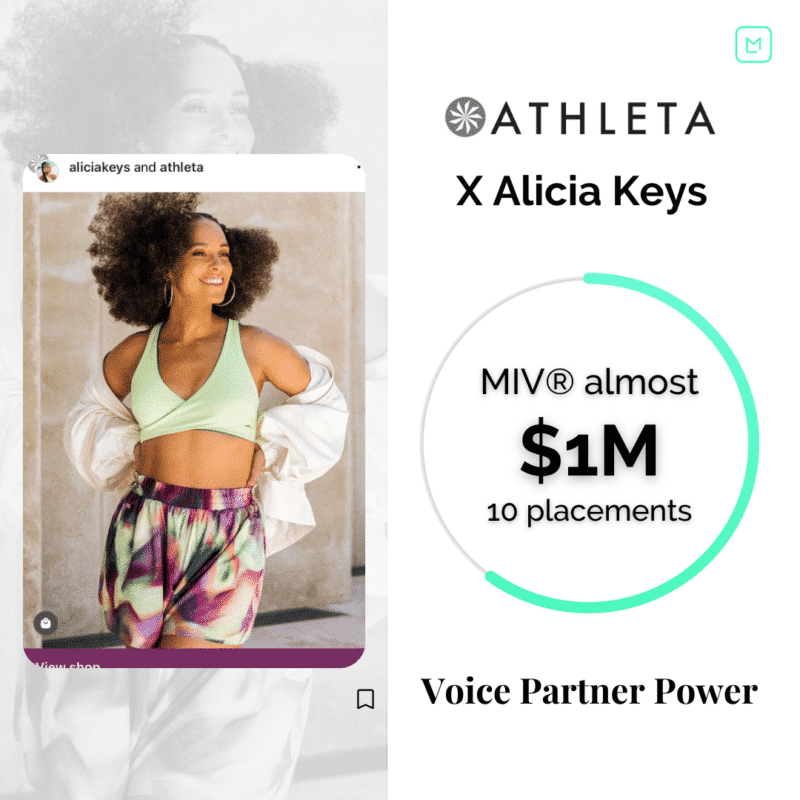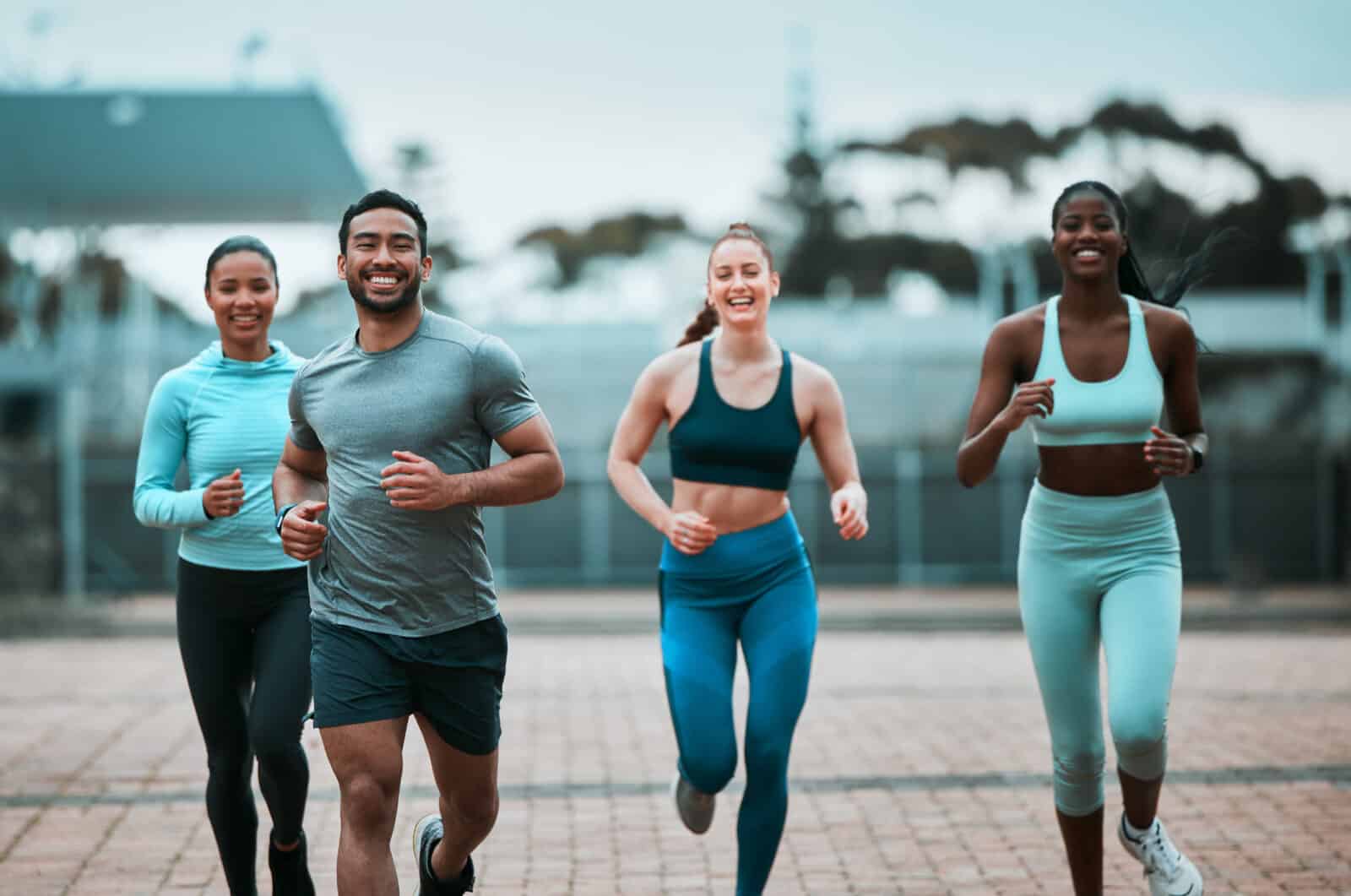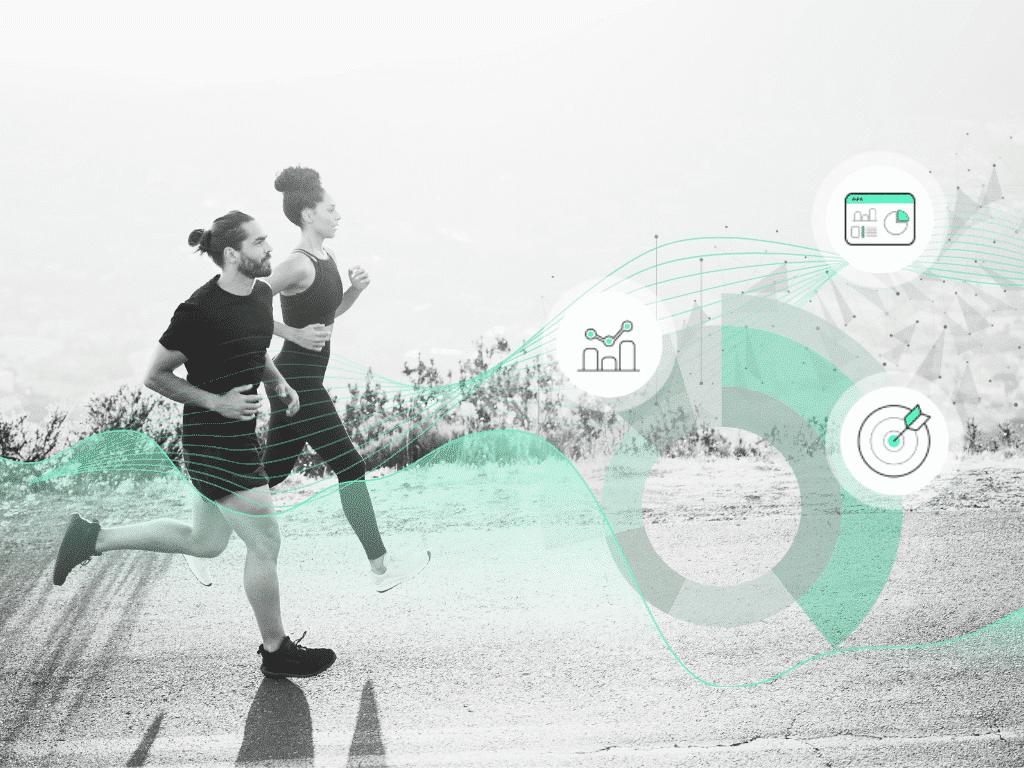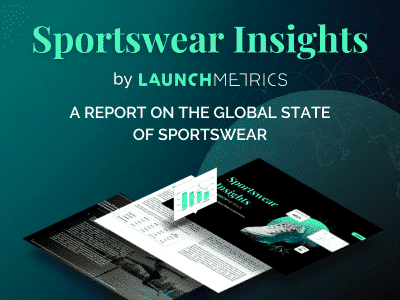The sportswear industry is growing. Despite taking a hit during the pandemic, forecasts predict that the global sports apparel market will register a compound annual growth rate of 7.55% over the next five years. This is driven by rising health consciousness and the continued crossover between sport and fashion. Meanwhile, sportswear brands are aiming to identify the key sportswear marketing metrics for brand success.
For sportswear and athleisure brands, tapping into customer desires through the right marketing campaigns is crucial. Especially for customer acquisition and loyalty. But how do you ensure your marketing efforts are paying maximum dividends?
As the saying goes, you can't improve what you don't measure, and for that, you need to use the right metrics. These metrics should allow you to truly measure your performance. Only then can you optimize your marketing spend, deliver impactful campaigns, and drive unprecedented success.
Let’s take a look at 5 key metrics for sportswear brand marketing.
In this article you’ll learn…
1. Sportswear Marketing and Social Media
Many of your key sportswear marketing metrics and campaigns will be driven around social media. As such, you’ll need to use social engagement metrics to keep a finger on the pulse of how you’re tracking. These include:
- Growth rate - changes to the follower count on your owned social profiles over time
- Reach - how many people have viewed a given post since it went live
- Post engagement rate - the number of likes, comments, etc., on a post
- Amplification rate - the rate at which followers share a piece of content (includes retweets, repins, shares, etc.)
Reach, engagement, and amplification should be tracked on your own accounts. Consider this for posts by others, such as influencers and campaign partners you engage. This data provides a foundation for understanding how well your social media marketing efforts are paying off.
Be aware, however, that this data alone is not enough to give you a competitive edge.
Sportswear Marketing: Is data enough?
Social engagements don’t necessarily correlate to conversions. For example, you can have a high post reach, but if you’re reaching the wrong demographic, it won’t translate into sales (more on this below). Even if your goal is not directly sales based - let’s say you’re focusing on brand awareness - this data is not enough to give you a complete picture.
This is because, secondly, these metrics alone are not directly comparable between platforms or in relation to other Voices. A high-reach (and high-cost) post on a celebrity's Instagram account may not bring the same ROI as a lower-reach post from a TikTok micro-influencer.
To gain maximum insights, you need to translate your social data using a standardized metric. Launchmetrics developed the proprietary benchmarking algorithm, Media Impact Value or MIV®, for this purpose. With MIV®, every activity is assigned a dollar value. You can easily calculate the ROI gained from every part of your strategy and optimize your marketing efforts accordingly.
2. Conversion Rate
Social engagement alone won’t tell you whether your sportswear marketing strategy is converting your target audience into customers. In the realm of sportswear and athleisure, customers give particular weight to factors like comfort and sustainability. They're often willing to switch brands if they find one that better aligns with their values.
As such, it’s crucial to build a strong and consistent brand message and get it in front of the right audience. Conversion metrics can help you see how successfully your sportswear marketing strategy is doing this. Plus, with the rise of social shopping, tracking conversions is more relevant and important than ever.
3. Share of Voice (SOV)
Share of voice (SOV) measures your brand's market share compared to your competitors. It evaluates your brand's visibility and how well you dominate the conversation within your industry. Seeing who is talking about you and your competitors, and what they're saying, gives control and steer of the conversation.
A perfect example is the recent “Dupe Swap” campaign by top sportswear brand, Lululemon. Facing the risk of losing market share to cheaper competitors, they invited people to trade in their imitation leggings for the real deal. With this clever strategy, they were able to win back the conversation on social media while demonstrating unwavering confidence in the quality of their products.
Ultimately, SOV is an important metric for benchmarking against competitors, understanding your brand’s place in the landscape, and, in turn, shaping the conversations that take place around your brand in order to elevate your position.
4. Voice Mix & Channel Mix
There are five key Voices that shape the buying journey: Media, Celebrities, Influencers, Partners, and Owned Media (i.e., a brand’s own channels). Voice Mix refers to the percentage of value each Voice generates for your brand.
This is another area where having a standardized measurement makes all the difference. Using Media Impact Value (MIV®), your Voice Mix can be broken down in a meaningful way. Armed with this information, you can maximize your sportswear brand marketing by channeling resources into the mix of Voices that drives the most ROI.
To understand this better, let’s look at Athleta, fifth in the list of best-performing activewear brands in Q4 2022. Their success is no accident, but comes from ongoing optimization of their Voice mix. Their use of the Celebrity Voice has proven lucrative, and will likely continue to grow as they explore this Voice further.
Their partnership with Alicia Keys generated almost $1M in MIV® across 10 placements. At the same time, Athleta gained $8.5M in MIV® via the Media Voice, proving that traditional media outlets are still a strong driver of brand awareness in the activewear segment.

Sportswear Marketing Channels
Channel Mix is a related metric that tells you what percentage of value came from which Channel (such as online media, print editorials, or social media) in a given period of time. Adding this dimension to your data allows you to optimize your strategy across both Voices and Channels.
If we look at Lululemon’s performance for Q4 2022, Online Media was the most popular Channel, generating $38.2M in MIV®, while Instagram was the brand’s highest-performing social platform ($5.3M in MIV®) ahead of YouTube, Facebook, and Chinese networks like Weibo and Red.
Seeing which Channels bring the most value to your brand and which fail to deliver highlights where you should focus your efforts and enables better data-driven decision-making.

Channel Mix for Lululemon (via)
5. Sportswear Marketing Metrics: Regional Performance
Performance in metrics will vary based on location, so segmenting data by region is also essential. This is true whether you want to improve your results in an existing market or enter a new one.
In the world of sportswear brands, breaking into the Eastern market is a particularly appealing prospect right now. China’s sportswear market is outpacing the U.S. in terms of growth. Meanwhile, Chinese social networks are experiencing a fitness content boom. To succeed, brands must learn how to tailor their campaigns to the Chinese market, using regional performance data to track, measure, and optimize their activities.
With time, experimentation, and the right data-based insights, you can learn the nuances of each market. Then, you can maximize the ROI from each regional campaign.
As mentioned above, using a standardized metric across all dimensions can give you the clearest idea of how your brand is performing. If you want to know more about using MIV® to track your sportswear brand’s performance across regions, channels, Voices and more, click here.




